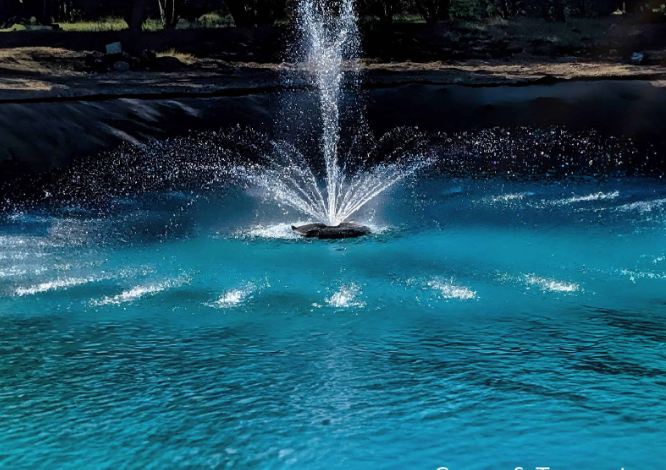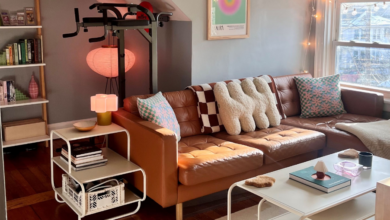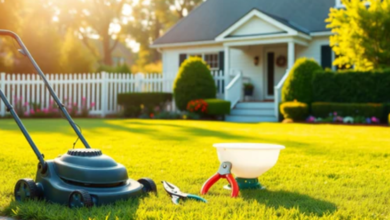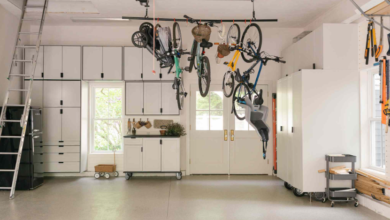What’s the Perfect Spot for a fountain? Smart Fountain Placement for Visual Drama

Choosing the right location to place your fountain can transform an ordinary outdoor space into a captivating focal point that draws admiration from every angle. The placement decision affects not only the visual impact but also the functionality and longevity of your water feature investment.
When planning your fountain installation, selecting equipment from a trusted Fountain Tech Company ensures reliable performance that complements your carefully chosen location. Quality pumps and components become essential when considering factors like electrical access, water circulation patterns, and maintenance requirements that influence your fountain’s long-term performance and visual appeal.
Understanding Core Placement Principles
Symmetry Creates Balance: Symmetrical placement doesn’t mean your fountain must sit dead center in every space, but rather that it should create visual equilibrium with surrounding elements. A fountain positioned to complement architectural features like walkways, garden beds, or building facades establishes a sense of order that feels naturally pleasing to observers.
Sightlines Direct Attention: The most effective fountain locations take advantage of natural sightlines from key viewing areas such as windows, patios, and entrance points. Consider how people will first encounter your water feature and ensure the placement maximizes that initial visual impact while maintaining appeal from multiple vantage points.
Engagement Zones Encourage Interaction: Successful fountain placement creates what landscape designers call engagement zones—areas where people naturally pause, gather, or pass through regularly. These locations might include seating areas, main walkways, or transition spaces between different sections of your property.
Ideal Settings for Maximum Impact
Front Yard Showcase: Front yard fountains serve as welcoming statements that establish your property’s character before visitors even reach the door. The key lies in selecting a location that complements your home’s architecture while remaining visible from the street without overwhelming the landscape design.
Terrace Integration: Elevated terraces and patios offer unique opportunities for fountain placement because they create natural viewing platforms. The elevation change allows water features to be seen from below while providing intimate enjoyment from the terrace level itself.
Communal Area Enhancement: In shared spaces like courtyards or community gardens, fountains become gathering points that encourage social interaction. These locations benefit from central placement with adequate surrounding space for people to comfortably approach and enjoy the water feature.
Matching Fountain Dimensions to Space
Scale Proportions Matter: A fountain that appears perfect in isolation might look completely wrong in your actual space if the proportions don’t match the surrounding area. Larger spaces can accommodate substantial water features, while intimate settings require more modest installations that won’t dominate the environment.
Height Considerations: Vertical space affects both the fountain’s visual impact and its practical function. Overhead obstructions like tree branches or architectural elements can interfere with spray patterns, while insufficient height clearance might make your fountain appear cramped or constrained.
Base Requirements: The foundation area needed for stable installation often exceeds the fountain’s visible footprint. Consider not just the decorative elements but also the technical requirements for pumps, electrical connections, and maintenance access when evaluating potential locations.
Integrating Water Features with Landscape Design
Plant Selection Strategy: The plants surrounding your fountain should complement rather than compete with the water feature for attention. Consider how different seasons will affect the visual balance, choosing species that provide year-round interest without requiring excessive maintenance near the water source.
Hardscape Coordination: Pathways, retaining walls, and other hardships should guide visitors toward your fountain while creating natural viewing opportunities. The materials and colors you choose for these elements can either enhance or detract from your water feature’s impact.
Lighting Enhancement: Strategic lighting placement can dramatically extend your fountain’s visual appeal into evening hours. Consider both the practical illumination needed for safety and the aesthetic lighting that highlights water movement and creates atmospheric effects after dark.
See also: DVA Household Services: Supporting Australian Veterans with Professional Home Care
Avoiding Common Placement Mistakes
Drainage Considerations: Poor drainage around fountain locations leads to water accumulation, soil erosion, and potential damage to nearby structures. Evaluate how both fountain operation and natural rainfall will affect water flow patterns in your chosen location.
Maintenance Access: • Electrical connections must remain easily accessible for repairs and seasonal adjustments.
- Pump components need clear access routes for cleaning and replacement procedures.
- Winter preparation requires space for equipment protection or removal activities.
- Regular cleaning demands comfortable working space around all fountain surfaces.
Wind Pattern Analysis: Prevailing winds can dramatically affect fountain spray patterns, potentially directing water away from the basin or onto nearby surfaces. Observe your potential location during different weather conditions to understand how wind might impact fountain operation and surrounding areas.
Maximizing Long-Term Satisfaction
Seasonal Adaptability: Your chosen location should accommodate seasonal changes in both the fountain’s operation and the surrounding landscape. Consider how winter preparations will affect the space and whether the fountain remains visually appealing during non-operational periods.
Growth Accommodation: Landscape plants and trees will grow and change over time, potentially affecting sightlines, spray patterns, and overall visual balance. Plan for this growth by allowing adequate space and selecting species with predictable mature sizes.
Future Flexibility: The best fountain locations allow for future modifications or upgrades without requiring complete landscape redesign. Consider how your needs might evolve and whether your chosen placement can accommodate changes in fountain size, style, or surrounding features.
Conclusion
Strategic fountain placement transforms ordinary outdoor spaces into extraordinary environments that provide lasting enjoyment and increased property value. The investment in thoughtful location selection pays dividends through years of enhanced visual appeal and functional performance. Take time to evaluate multiple potential locations, considering both immediate impact and long-term satisfaction. Your perfect fountain spot awaits discovery through careful observation and strategic planning.




